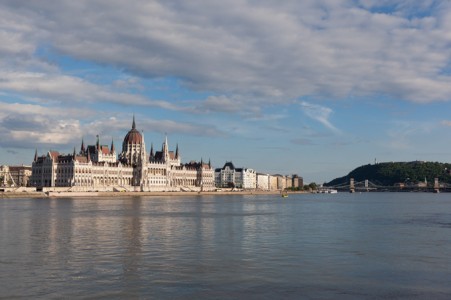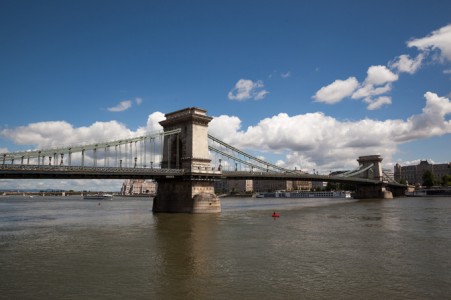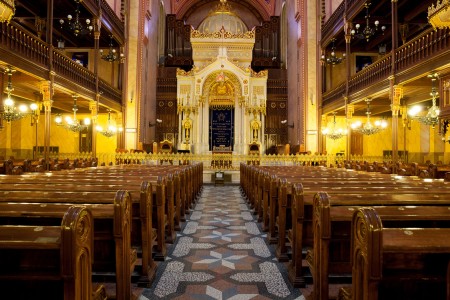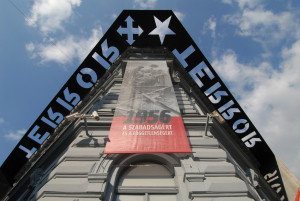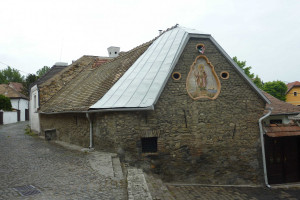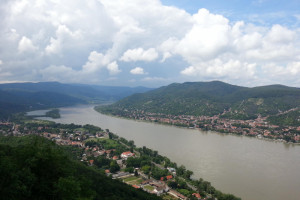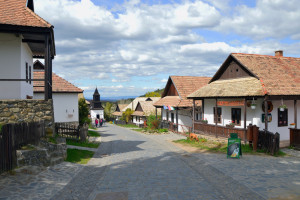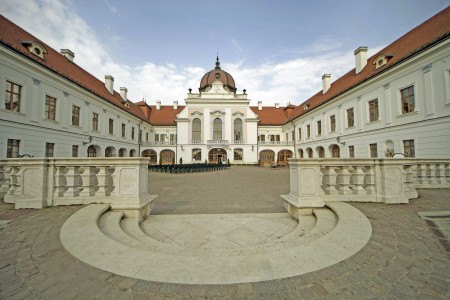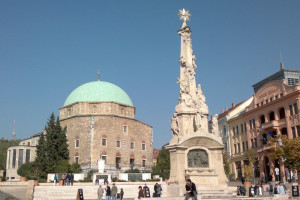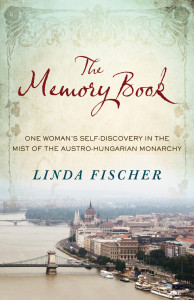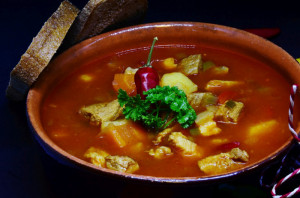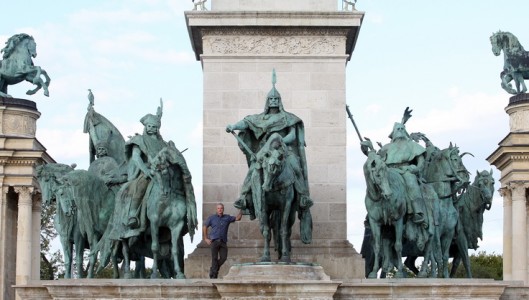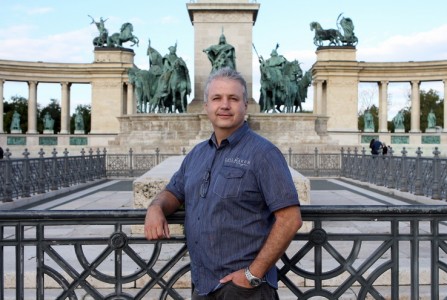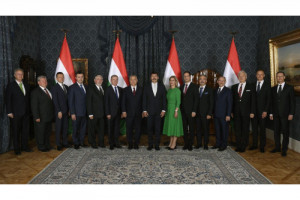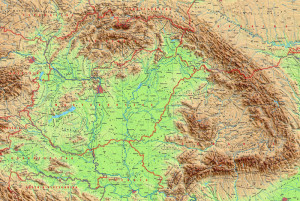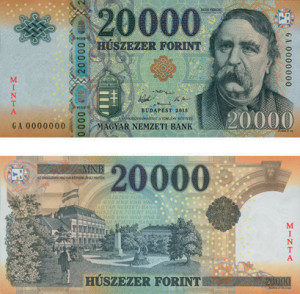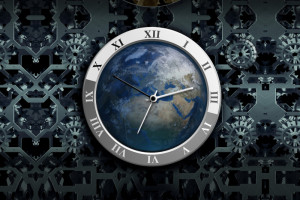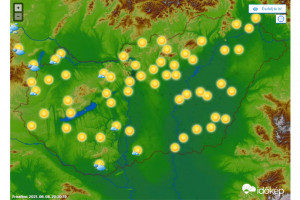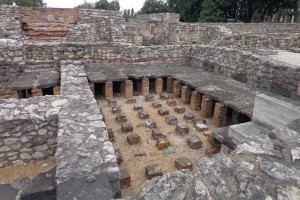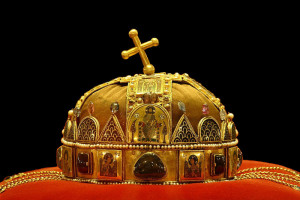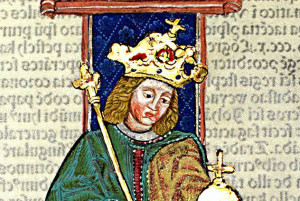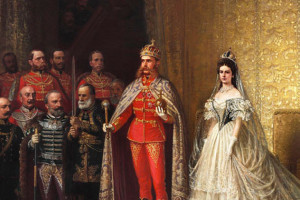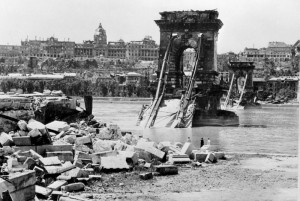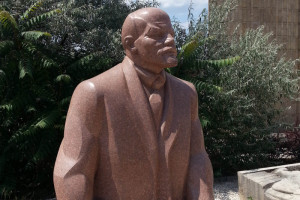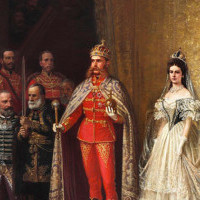The Hapsburg Era and WW1
ZoOm Hungary
Exhilarated by this gradual process of liberation from their Muslim overlord, the Hungarian diet – meeting at Pressburg in 1687 – granted more of Leopold I's demands than he might have expected. They gave up their ancient claim to elect the king, allowing a hereditary Habsburg right to the crown of St Stephen.
Having recovered a kingdom which he considered his by descent from Ferdinand I, Leopold applied to Hungary the blend of absolute rule and religious intolerance. It met the resistance of the Hungarian nobilities and a war for independence, encouraged by the Sun King Louis XIV, broke out in 1703. The uprising was led by Prince Ferenc Rakoczi, but was defeated by the Hapsburgs. Calm was not fully restored until 1711. By then the Austrian emperor was in more conciliatory mood. In a series of agreements, finalized in a diet of 1723 during the reign of Charles VI, it is accepted that Hungary will not be merged with the rest of the Austrian empire. It would continue to be ruled through its own diet, according to its own laws and traditions, as a separate kingdom. This special status survived almost unbroken until the end of the Austrian empire in 1918, but only just. From the middle of the 19th century there is mounting clamor for reform and independence.
The French revolution and Napoleon's reforms inspired suppressed minorities throughout Europe with the dream of self-determination. This was particularly true in those parts of the Austrian empire where people of non-Germanic origin had a long and proud history of their own. The revolutionary spirit of the spring of 1848 gave a tremendous impetus to the course of events in Hungary. Having swept Paris, Berlin and Milan, revolution irrupted in Vienna as well. On March 15, a revolutionary demonstration took place in Pest. Count Lajos Kossuth had been a radical member of the Hungarian diet since 1847. It was his passion and oratory which had encouraged the Hungarians in each step of their confrontation with Vienna. Since September 1848 he had been president of a committee of national defense. Now, in January 1849, on the fall of Buda, he withdrew to the relative safety of Debrecen. There, in April, his committee deposed the Hapsburgs and declared Hungary to be an independent state with Kossuth as governor. In this crisis the Austrian emperor was saved only by the Russian emperor, Nicholas I, who sent an army. By mid-August Hungary had been overrun by Russian and Austrian forces. Kossuth fleed to safety abroad. By the autumn of 1849 the Hapsburg empire was back under control. The feeble emperor Ferdinand I abdicated in December 1848 in favour of his young nephew, Francis Joseph, whose 68-year reign saw the Austrian empire almost to its end.
Hungary in World War I
Following the assassination of Archduke Francis Ferdinand, heir to the Austro-Hungarian throne, at Sarajevo on June 28, 1914, most politicians and military commanders of the Monarchy favored war against Serbia. Hungary was aligned with the Central Powers, but events soon disproved the vainglorious prophecy of Kaiser William II that the Germans would be in Paris by the time ‘the leaves fall from the trees’. The fighting gradually developed into trench warfare with heavy loss of life on both sides. In the first three years, Austro-Hungary lost 3 million men, and a million of these were Hungarian.
By the summer of 1918, the fate of the Monarchy was sealed. Even before its capitulation on November 3, 1918, a National Council had already come into existence. Headed by Count Mihaly Karolyi, it demanded a separate peace, Hungarian independence, the recognition of the right of self-determination for the national minorities, land reform, and universal suffrage. On November 16, 1918, Hungary was proclaimed a republic.
